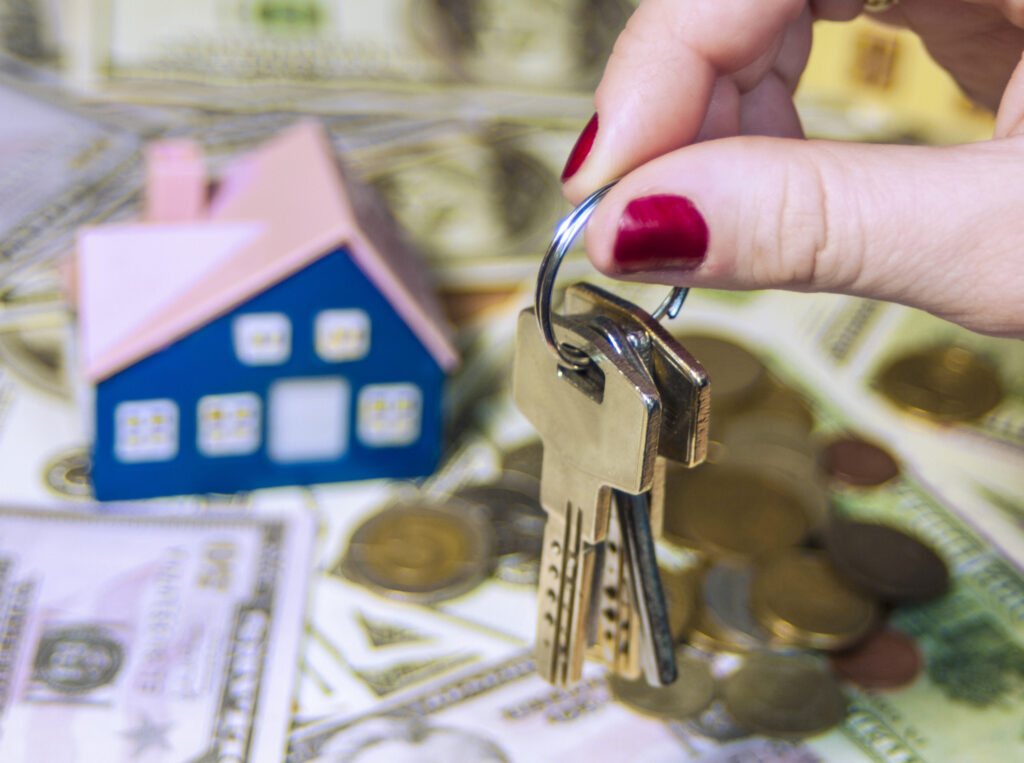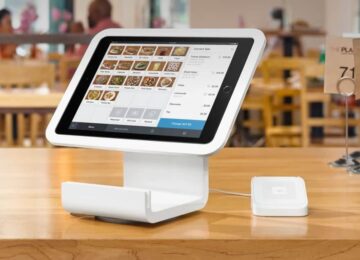Singapore has an area of just 281.2 square miles and a population of nearly 6 million. With so many people in a small space, real estate property is in high demand. Surprisingly, over 90% of Singaporeans are homeowners, thanks to the availability of a variety of home loans. The following are a few tips for anyone seeking a mortgage in Singapore.
Who Is Eligible for A Mortgage?
Different types of loans have different eligibility requirements. The Housing & Development Board (HDB) provides fixed-rate loans for up to 90% of the value of a government flat. To be eligible for an HDB mortgage, at least one borrower must be a citizen of Singapore, and couples should have a combined income of no more than S$14,000. Non-citizens and others who wish to buy private housing can get a loan from a bank or mortgage broker. Private lenders consider a borrower’s total debt-servicing ratio (TDSR), making sure that total debt payments do not exceed 60% of a person’s income.
What Is the Difference Between Fixed and Floating Interest Rates?
While HDB loans offer a fixed interest rate of 2.6%, other lenders may offer both fixed and floating-rate mortgages. While fixed-rate mortgage payments stay the same until the loan is paid off, floating-rate loans can vary significantly depending on the benchmarks they are attached to. Fixed-rate bank loans are generally less expensive than HDB loans. Floating-rate loans often start with a lower rate than the average fixed-rate loan, but they can end up being more expensive in the long run.
What Are Benchmark Interest Rates?
Floating-rate loans attach their interest rates to a particular benchmark. Two of the most common are the Singapore Interbank Offered Rate (SIBOR) and the Swap Offer Rate (SOR). The SIBOR is the interest rate at which banks lend to other banks, while the SOR is based on the exchange rate between U.S. and Singapore currencies. Another benchmark is the Singapore Overnight Rate Average (SORA). This rate is the average volume-weighted rate of overnight transactions among banks, and it is gradually taking over the role played by the SOR.
What Is A Lock-In Period?
A lock-in period can be anywhere from a year to five years. When a loan has a lock-in period, the lender can penalize the borrower for refinancing early. With fixed-rate mortgages, a lock-in period is standard since the bank is guaranteeing the interest rate even if benchmarks go down. With floating-rate mortgages, however, borrowers take more of a risk with a lock-in period, especially a long one.
How Much Can Home Buyers Borrow?
The amount of money a homebuyer can borrow is constrained by two factors: the borrower’s TDSR (described above) and the loan-to-value (LTV) ratio of the loan. For HBD loans, homebuyers can finance up to 90% of the value of the property. Bank loans require an LTV of 75% with a minimum of 5% paid in cash. Homebuyers should bear in mind that the maximum LTV of a loan depends on the lender and not the property itself.
When prospective homeowners apply for a Singapore home loan with Dollarback Mortgage, they can choose from a variety of loans from both government and private lenders. Buyers can also benefit from cash rewards.










